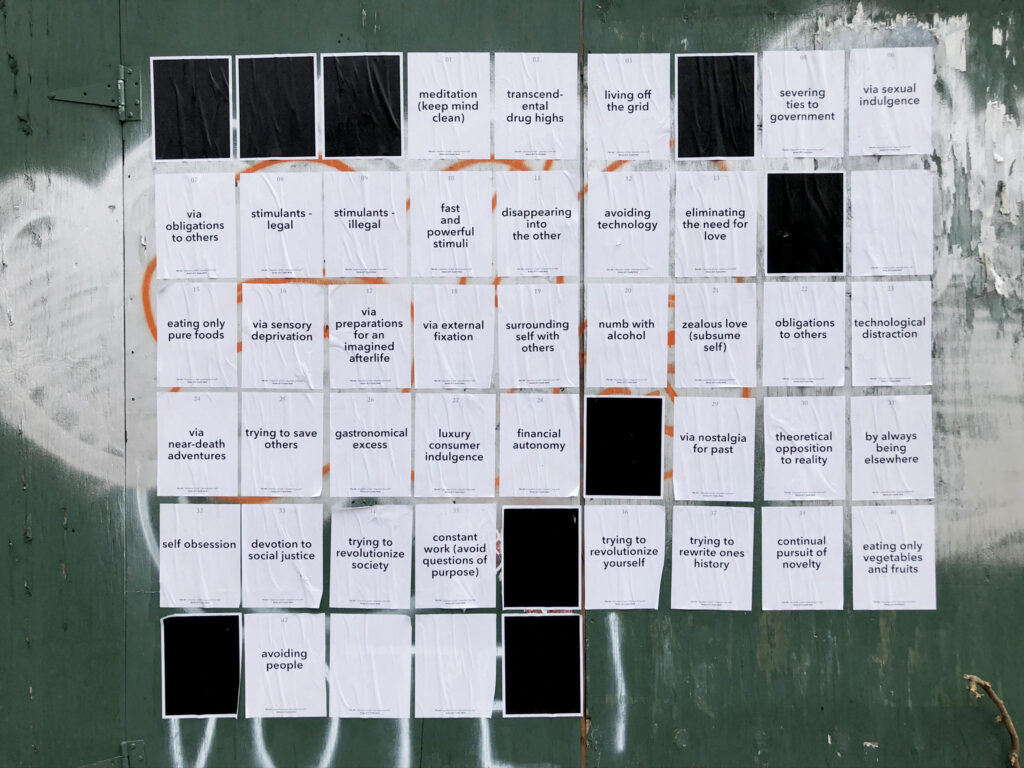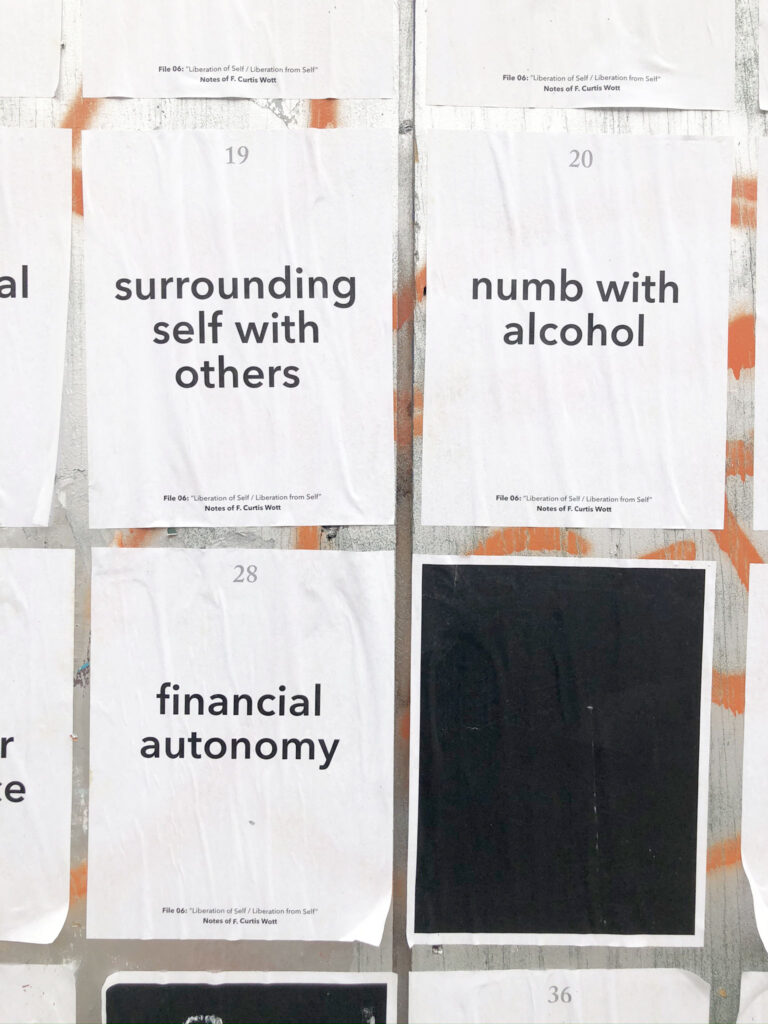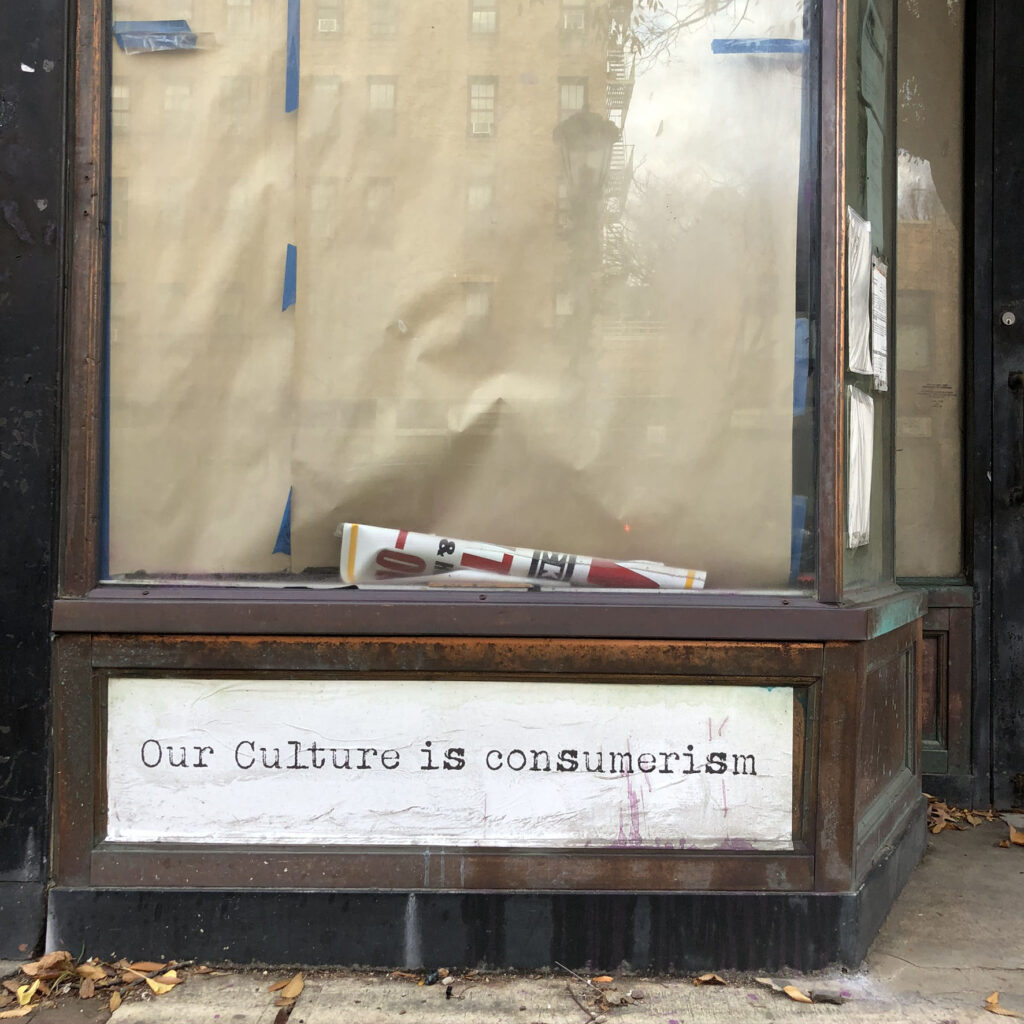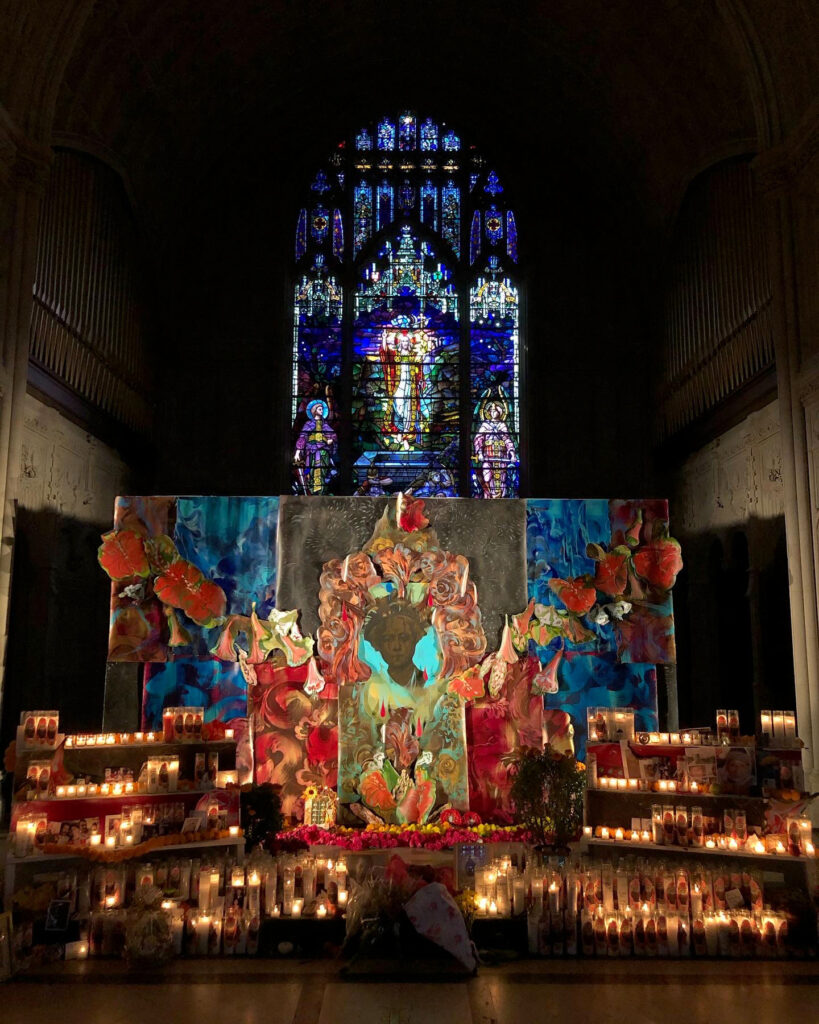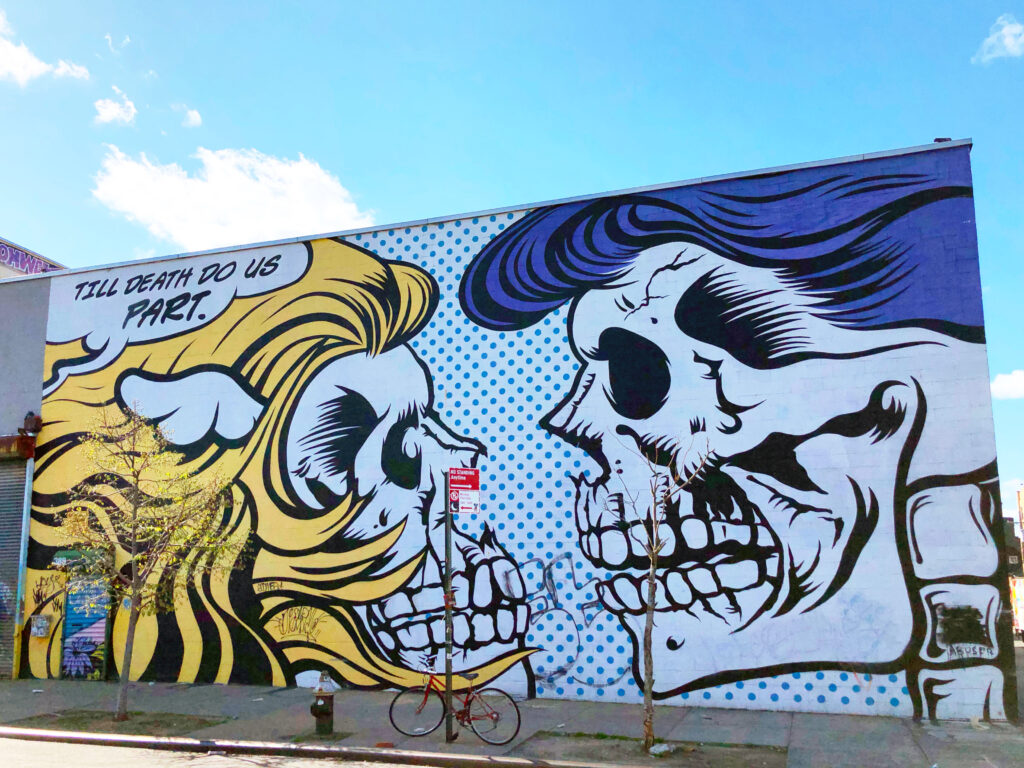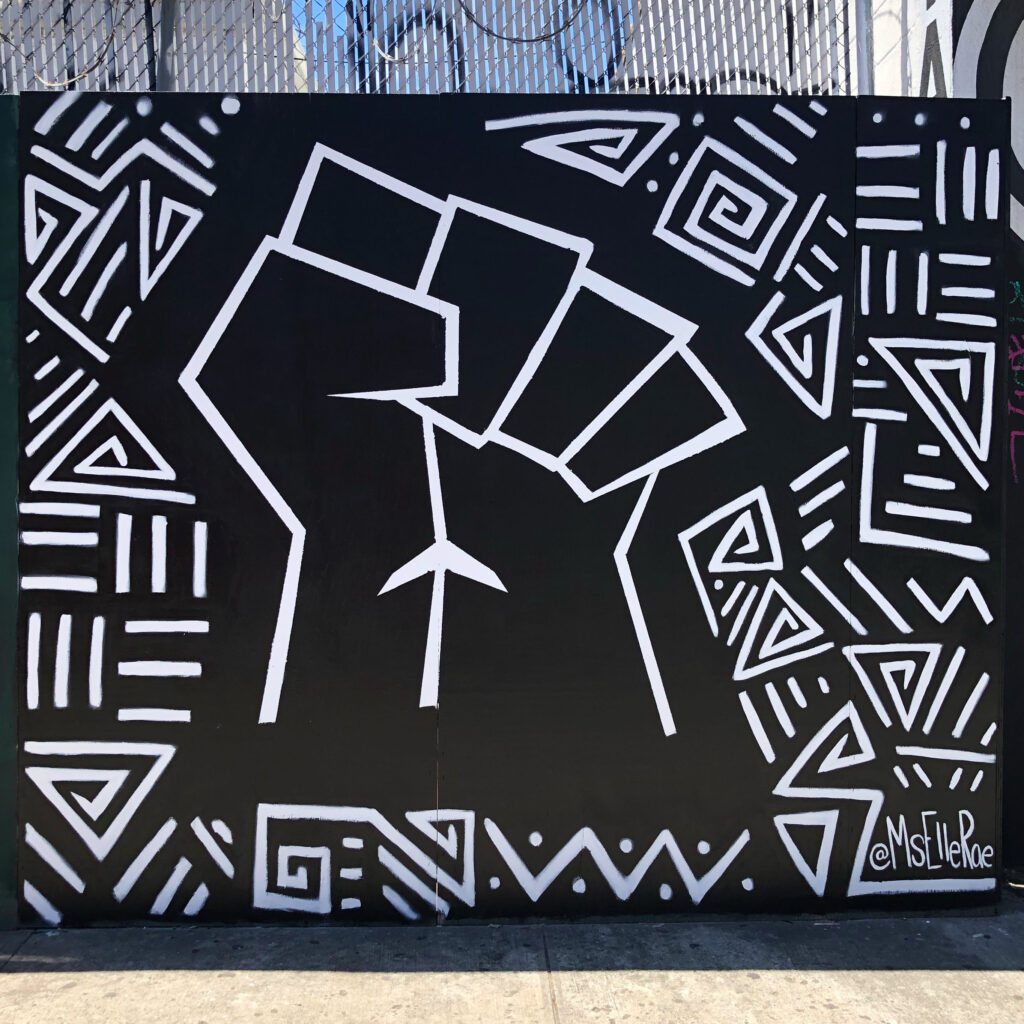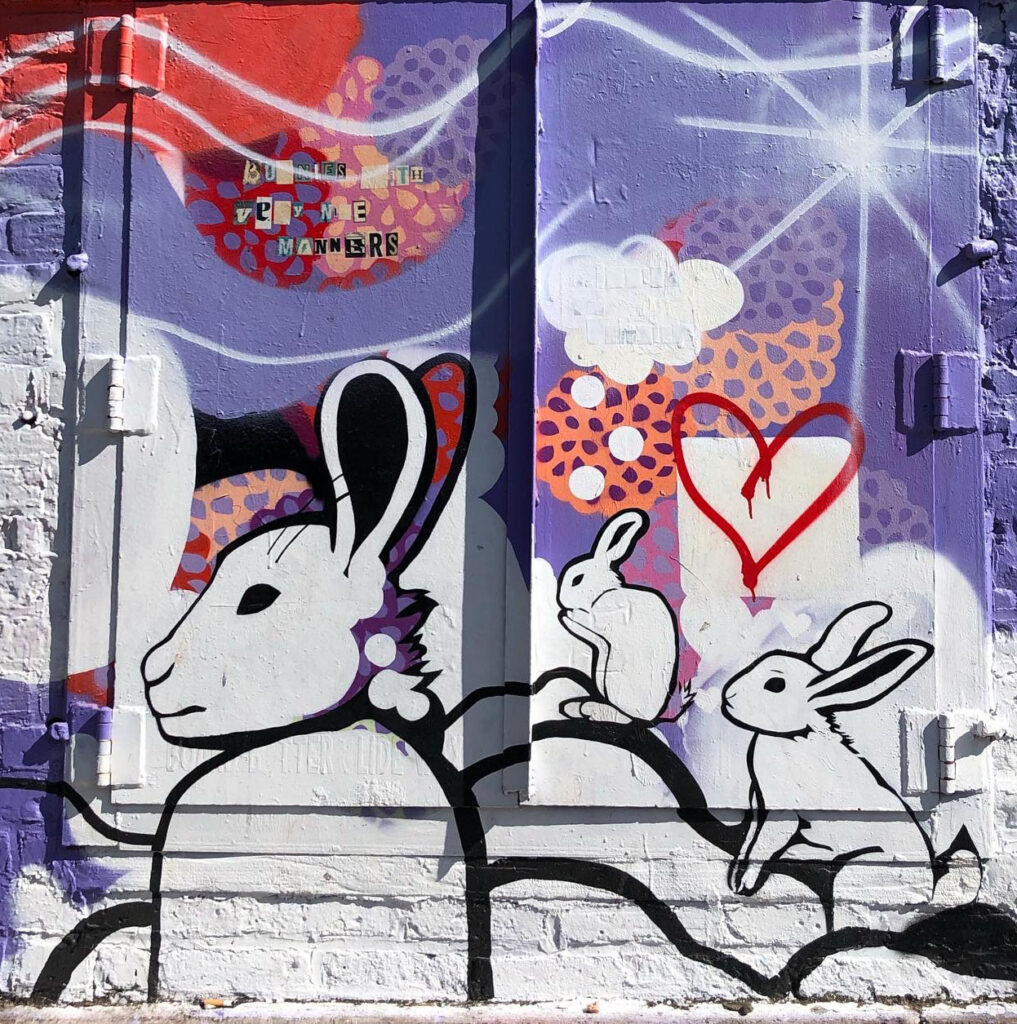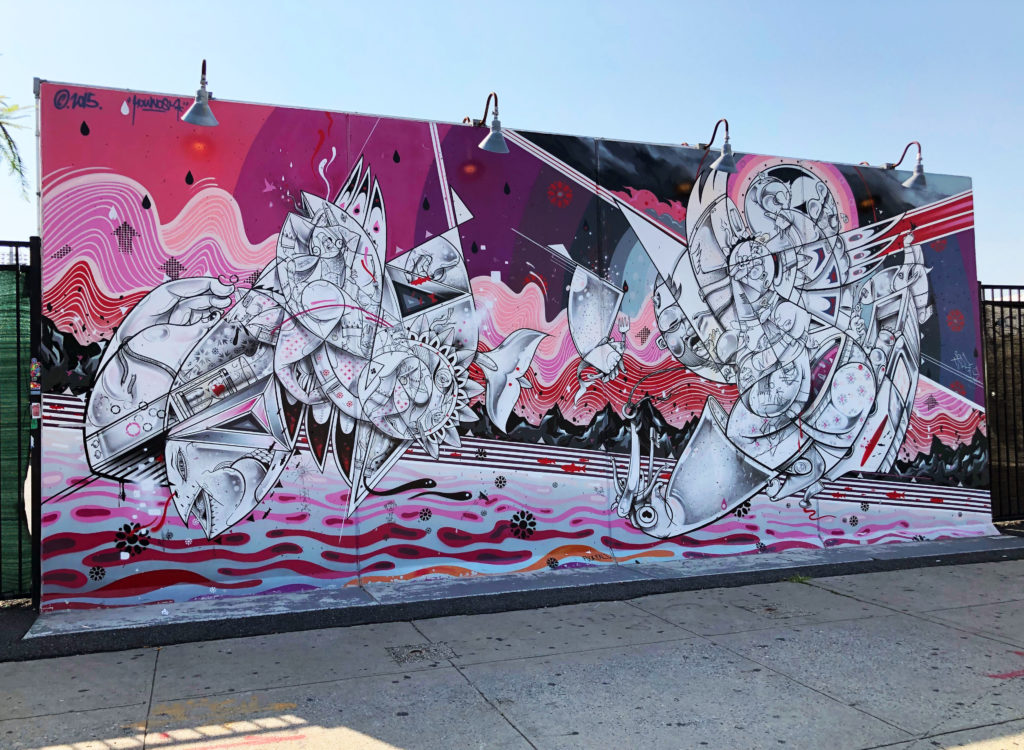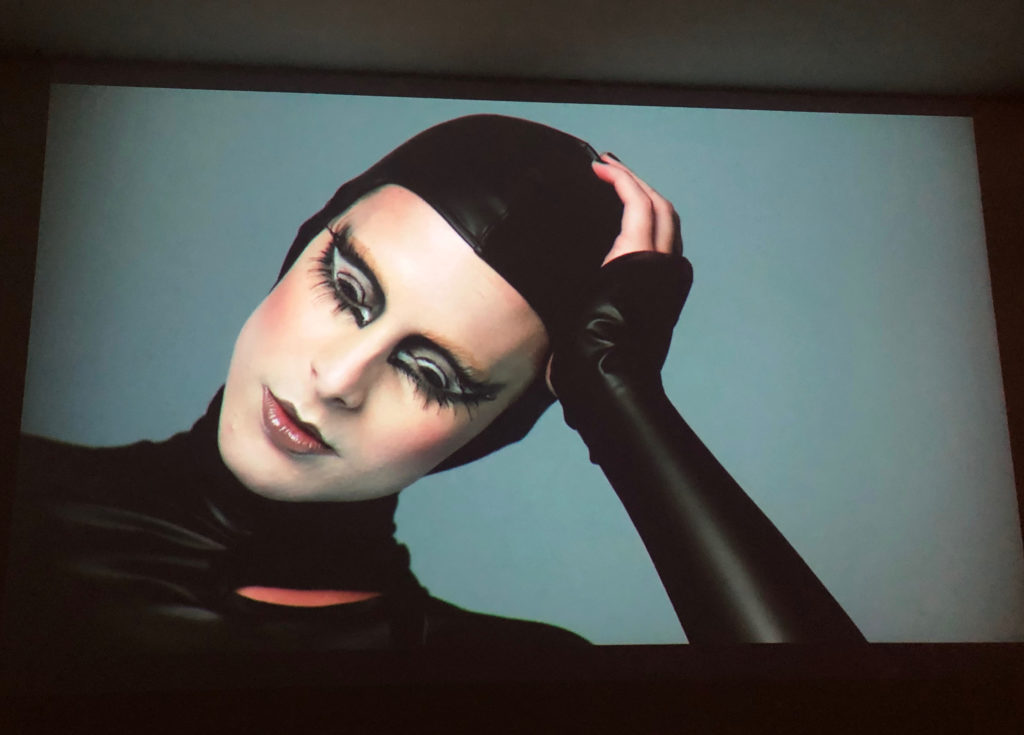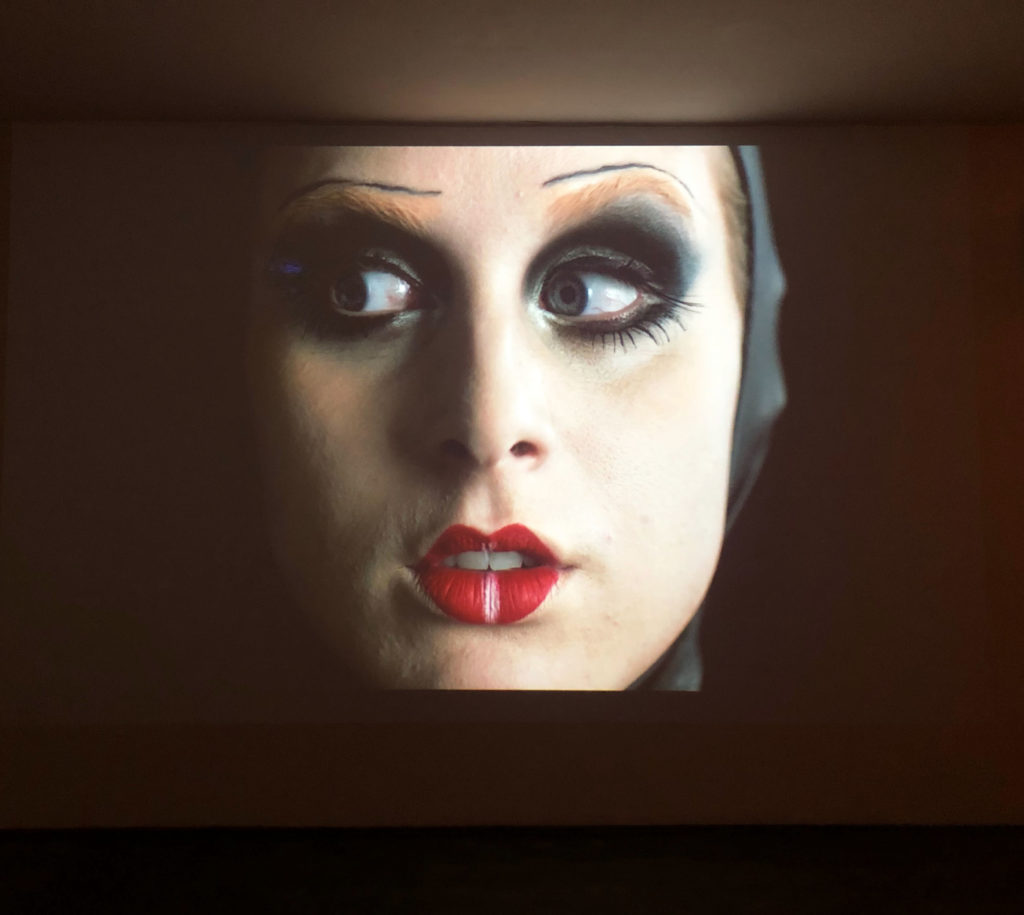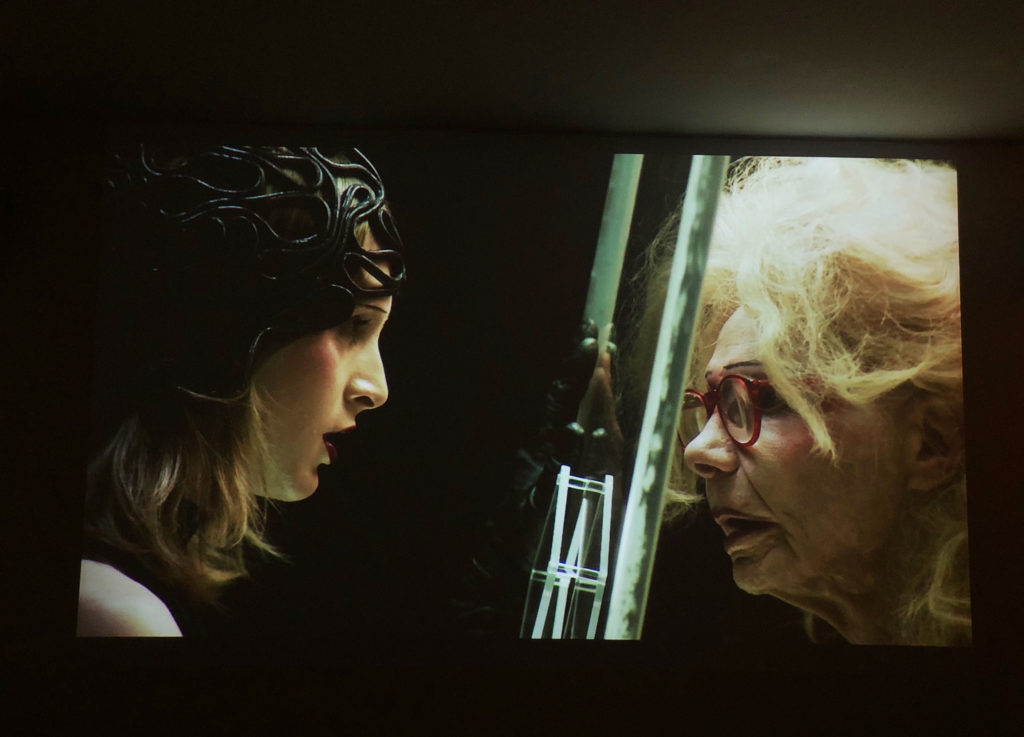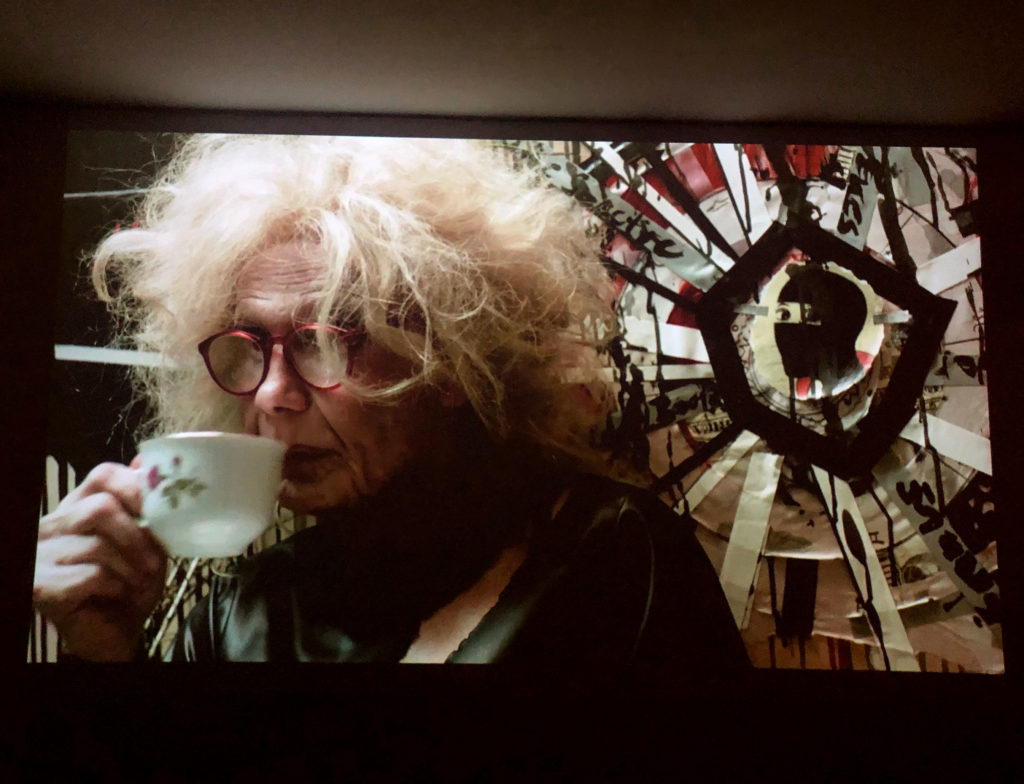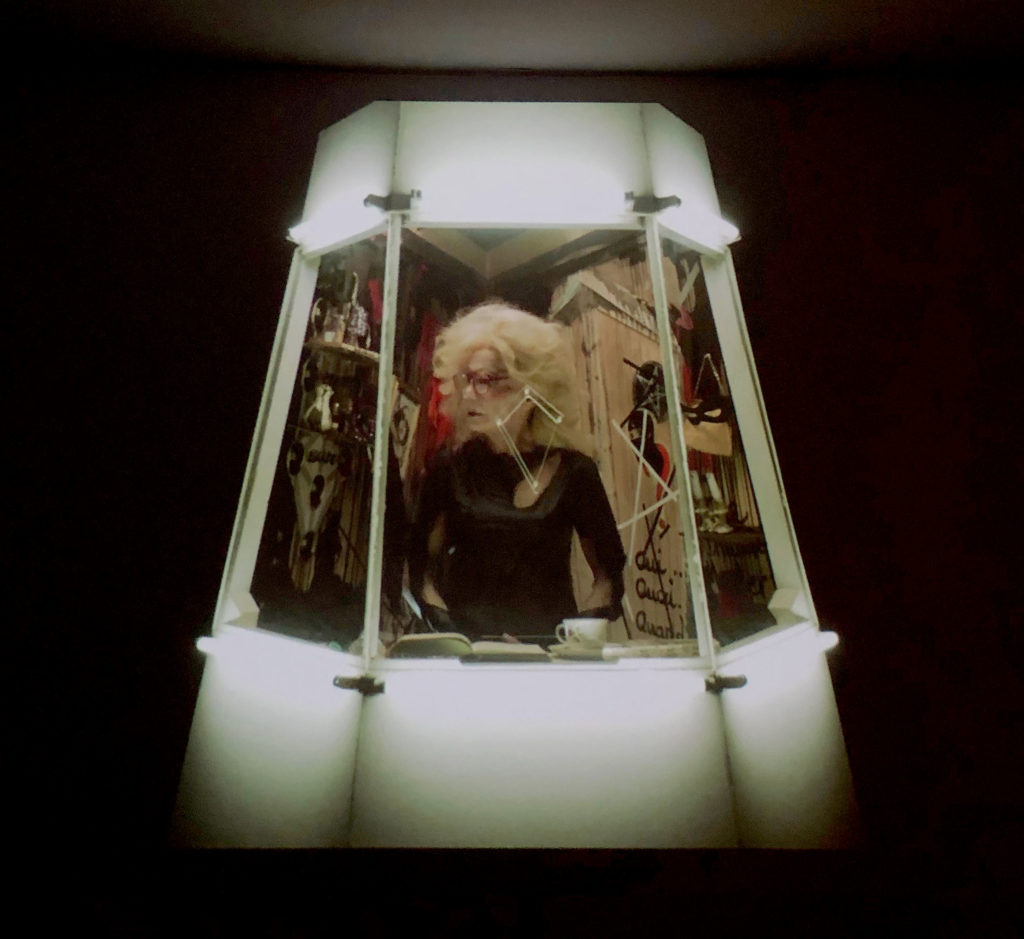

I stumbled upon this work while walking around in Brooklyn, NYC. It was created by artist Brian Block and is part of his project “based on late writings of Californian writer F.C. Wott”.
The biography of Wott from Block’s website–
Wott was born in Santa Monica and lived as a resident of Elysium Fields commune in Topanga Canyon in Los Angeles from the late 1960s until its closure the early 2000s. He was an occasional prose and poetry writer, with his musings appearing in various zine style tracts that circulated among the west coast commune culture of the 60s and 70s.
Confirmed further details of Wott’s life are few at this time, but it has been established that he served as part-time adjunct professor at Santa Monica Community College for many years in the 70’s and 80’s, teaching classes in Anthropology and Poetry.
Curiously, after years of writing only occasionally, his late years see Wott throwing himself headlong into his writing – intensely penning hundreds of lines of notes in seclusion at his modest beach hut at the nudist colony. These varied widely in length, coherence, and completion when they were found at his desk at his death in 2013. These writings would eventually became known as “The Notes”.
“The Notes” were first circulated informally among friends, gradually acquiring a small, eclectic readership amid creative circles in and around Los Angeles. One set of loose photocopied pages eventually captured the attention of UCLA Art Historian Emeritus Rene Glete, who introduced Brian Block to the writings. Glete also went on to establish the scholarly framework for the study of Wott’s work: gathering and archiving all of Wott’s papers (such as they were) in cooperation with his estate, and setting up the framework for the Nachlass. It is worth noting that these are somewhat unchartered waters, academically researching the work of an “outsider” writer, for unlike the well established conventions of “outsider artist” and “outsider art”no such consensus has been forged in historical circles around such terms for writers.
In deciding to make a group of artworks based on the texts, Block was drawn to their “eccentricity, and the fractured, iterative thinking” they depict, obtaining permission from the estate to make work from the Notes.
Block is pasting up more work around town so check out the walls when you pass.

